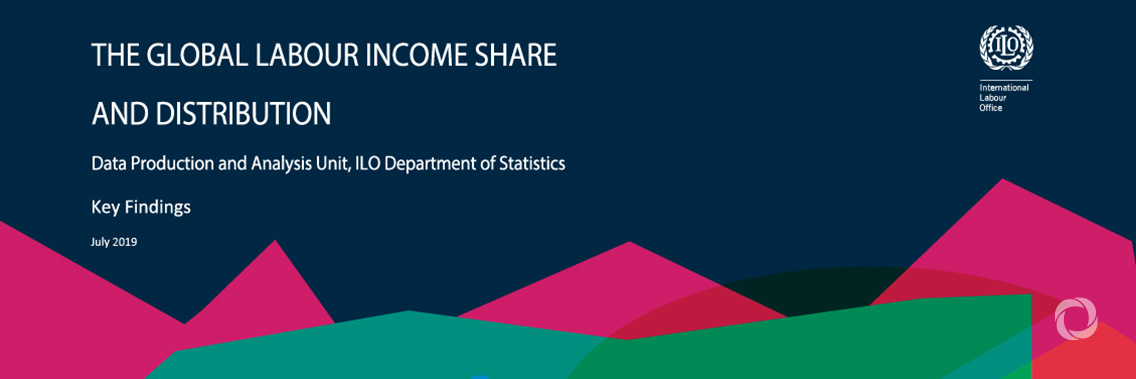Ten percent of workers receive 48.9 percent of total global pay, while the lowest-paid 50 percent of workers receive just 6.4 percent, a new ILO dataset reveals.
What’s more, the lowest 20 percent of income earners – around 650 million workers – earn less than 1 percent of global labour income, a figure that has hardly changed in 13 years.
The new dataset shows that overall global labour income inequality has fallen since 2004. However, this is not due to reductions in inequality within countries – at the national level, pay inequality is actually increasing. Rather, it is because of increasing prosperity in large emerging economies, namely China and India. Overall, the findings say, income inequality remains pervasive in the world of work.
The Labour Income Share and Distribution dataset, developed by the ILO Department of Statistics, contains data from 189 countries and is drawn from the world’s largest collection of harmonized labour force survey data. It offers two new indicators for major trends in the world of work, at national, regional and global levels. One provides the first internationally comparable figures of the share of GDP that goes to workers – rather than capital – through wages and earnings. The second looks at how labour income is distributed.
The Key Findings show that, globally, the share of national income going to workers is falling, from 53.7 percent in 2004 to 51.4 percent in 2017.
“The data show that in relative terms, increases in the top labour incomes are associated with losses for everyone else, with both middle class and lower-income workers seeing their share of income decline,” said Steven Kapsos, Head of the ILO’s Data Production and Analysis Unit. “However, when the labour income shares of the middle or lower income workers increase, the gains tend to be widespread, favouring everyone except the top earners.”
Poorer countries tend to have much higher levels of pay inequality, something that exacerbates the hardships of vulnerable populations. In Sub-Saharan Africa, the bottom 50 percent of workers earn only 3.3 percent of labour income, compared to the European Union, where the same group receives 22.9 percent of the total income paid to workers.
The release of the new dataset will be used to monitor progress towards the United Nations’ Sustainable Development Goals (SDGs).
Read and download The Labour Income Share and Distribution dataset.
Original source: ILO
Published on 04 July 2019

